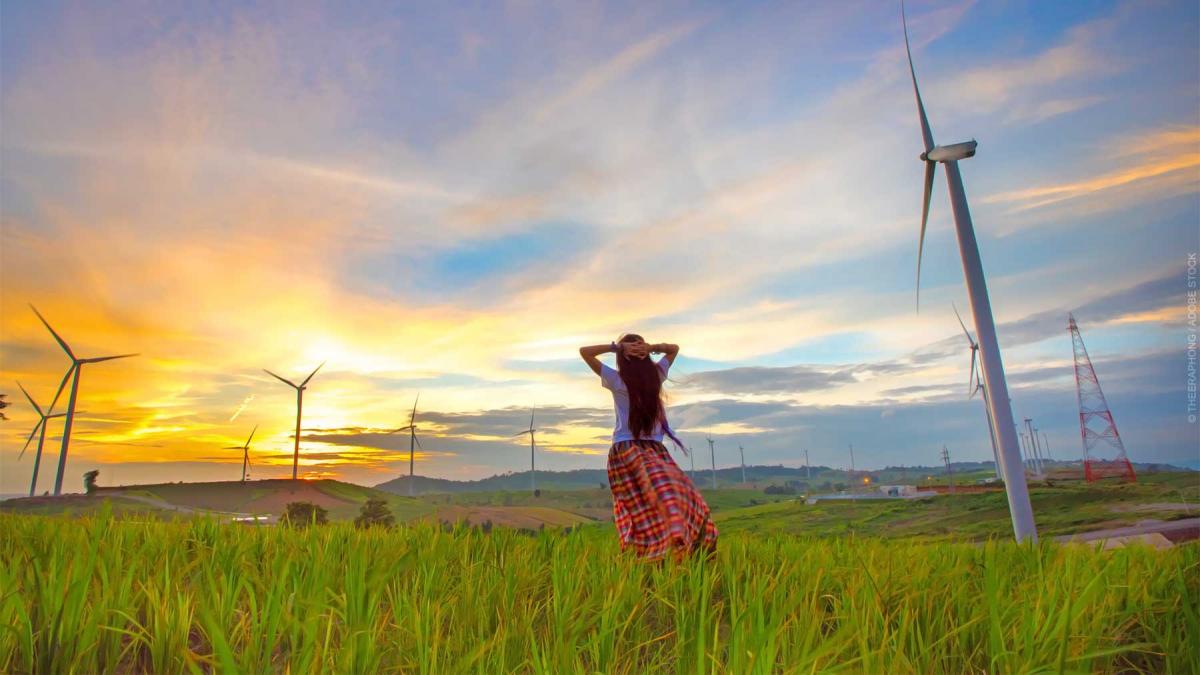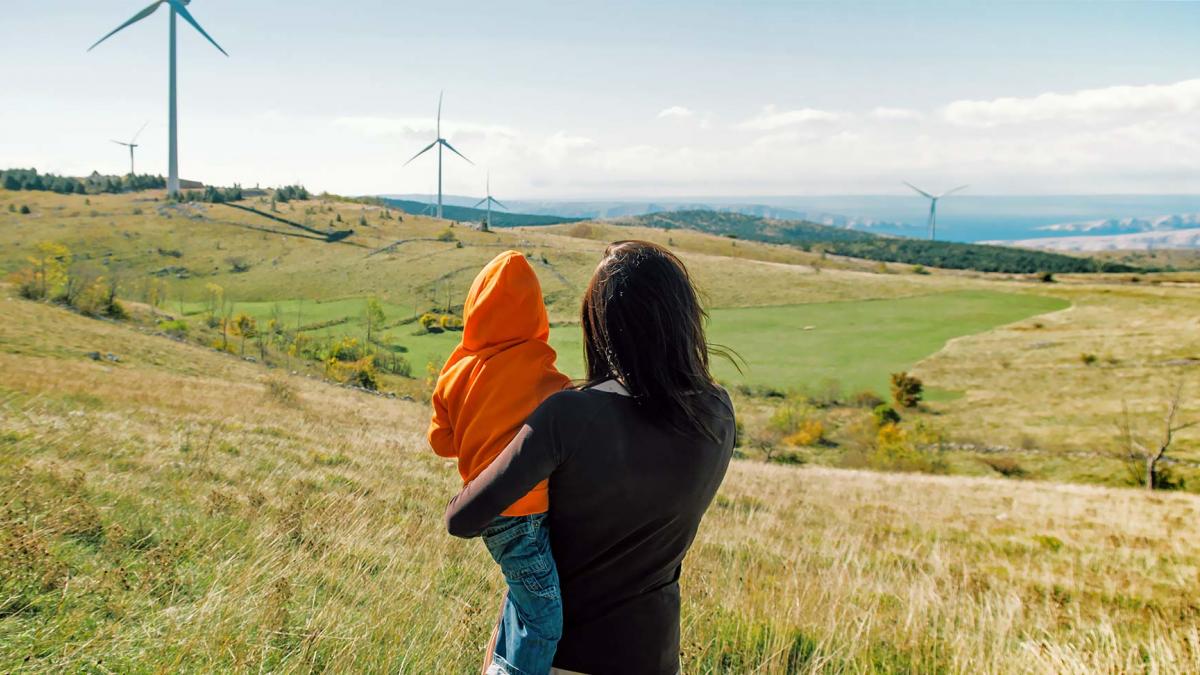This video explains renewable energy auctions and why policymakers are using them as a policy tool to combat the climate crisis and lower energy costs.
Renewable energy auctions help countries procure clean power at competitive prices. With auctions, countries can also increase private investment, create local jobs, reduce energy costs, and meet their international climate commitments.
In an auction, a government sets the rules and the process for buyers and sellers. Buyers can be local governments, businesses, or power utilities—state-owned or private. Renewable energy providers (or sellers) bid against each other for contracts to generate energy for the buyers, who can select the seller offering energy at the lowest price. Through a tailored process, auctions can meet each country’s unique needs and goals. These might include cost reductions, economic development and job creation, grid resiliency, emissions reductions, or other goals.
Through its SURE program, USAID helps partner countries design and conduct successful renewable energy auctions. Between 2013 and 2021, USAID-supported auctions facilitated $24.6 billion of investment in large-scale wind and solar plants. These new, clean power generators will prevent 30.9 million tons of greenhouse gas emissions annually. That’s like taking six million cars off the road.
Renewable energy auctions help countries procure clean power at competitive prices. With auctions, nations can also increase private investment, create local jobs, reduce energy costs, and meet their international climate commitments.
Through the U.S. Agency for International Development (USAID) the United States helps partner countries conduct successful renewable energy auctions.
Between 2013 and 2021, USAID-supported auctions facilitated $24.6 billion of investment in large-scale wind and solar plants. These new, clean power generators will prevent 30.9 million tons of greenhouse gas emissions annually. That’s like taking 6 million cars off the road.
In an auction, a government sets the rules and the process for buyers and sellers. Buyers could be local governments, businesses, or power utilities—state-owned or private. Renewable energy providers or sellers bid against each other for contracts to generate energy for the buyers, who can select the seller offering energy at the lowest price.
Through a tailored process, auctions can meet each country’s unique needs and goals. These might include cost reductions, economic development and job creation, grid resiliency, emissions reductions, or other goals. Through a well-designed auction process, national policymakers can attract competition and diverse bidders, reduce corruption, and avoid delays in project completion. Compared to negotiated procurements, auctions help countries complete projects faster and make it easier to control how quickly projects are brought online. Auctions can also catalyze job creation, workforce development programs, and other targeted economic and social benefits for local communities.
The open and transparent process safeguards against corruption by ensuring that companies can compete fairly. The bids also help to discover the true price of energy generation in a country and capitalize on the falling costs of renewable technologies.
Let’s take a closer look at how this actually works. For years, as much as 77 percent of Colombia’s electricity supply came from hydropower, but droughts intensified by the climate crisis made hydropower less reliable. With more climate impacts on the horizon, Colombia needed to diversify its energy mix.
Working with USAID, the Government of Colombia developed an auction process to help buyers—in this case, electric utilities—add wind and solar power to their energy portfolios. USAID experts helped Colombia draft policies and regulations using lessons from global auctions which are reflected in the USAID Renewable Energy Auctions Toolkit.
With these experiences and best practices, USAID and Colombia developed a model that fit the country's context and policy vision. Using auctions, Colombia achieved historically low prices for renewable energy, securing over thirteen hundred megawatts of new wind and solar power, at prices about 25 percent lower than previous contracts. These renewable projects will attract roughly $1.3 billion in private investment, save up to $184 million in annual electricity costs, and create new local jobs and business opportunities in a region hard-hit by climate change.
The share of energy Colombia produces from solar and wind will increase from less than one percent to about 12 percent in 2022, making the power grid more resilient and reducing costs for consumers. Colombia’s 2021 auctions are expected to increase the share of solar and wind to 30 percent by 2030, and reduce emissions by more than 20 million tons of C02.
USAID helps partner countries scale up renewable energy regardless of market maturity, and ensure their institutions are better equipped to respond to energy and climate challenges.
More people and businesses can have cleaner and more reliable electricity, and more countries can pursue pathways to a net-zero emissions economy.


